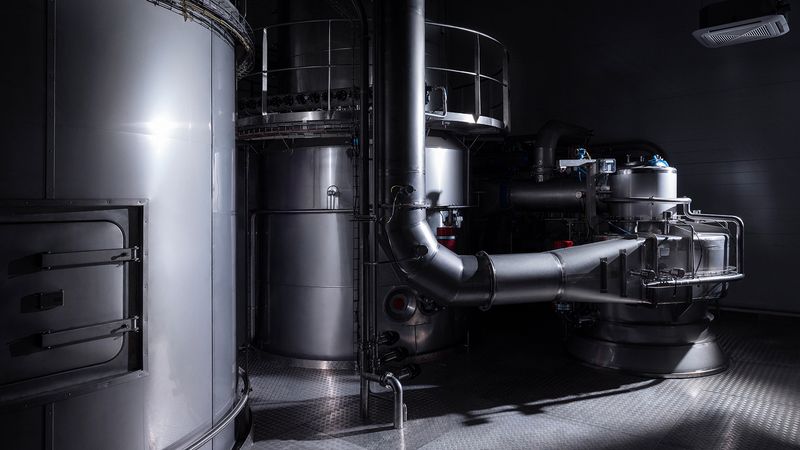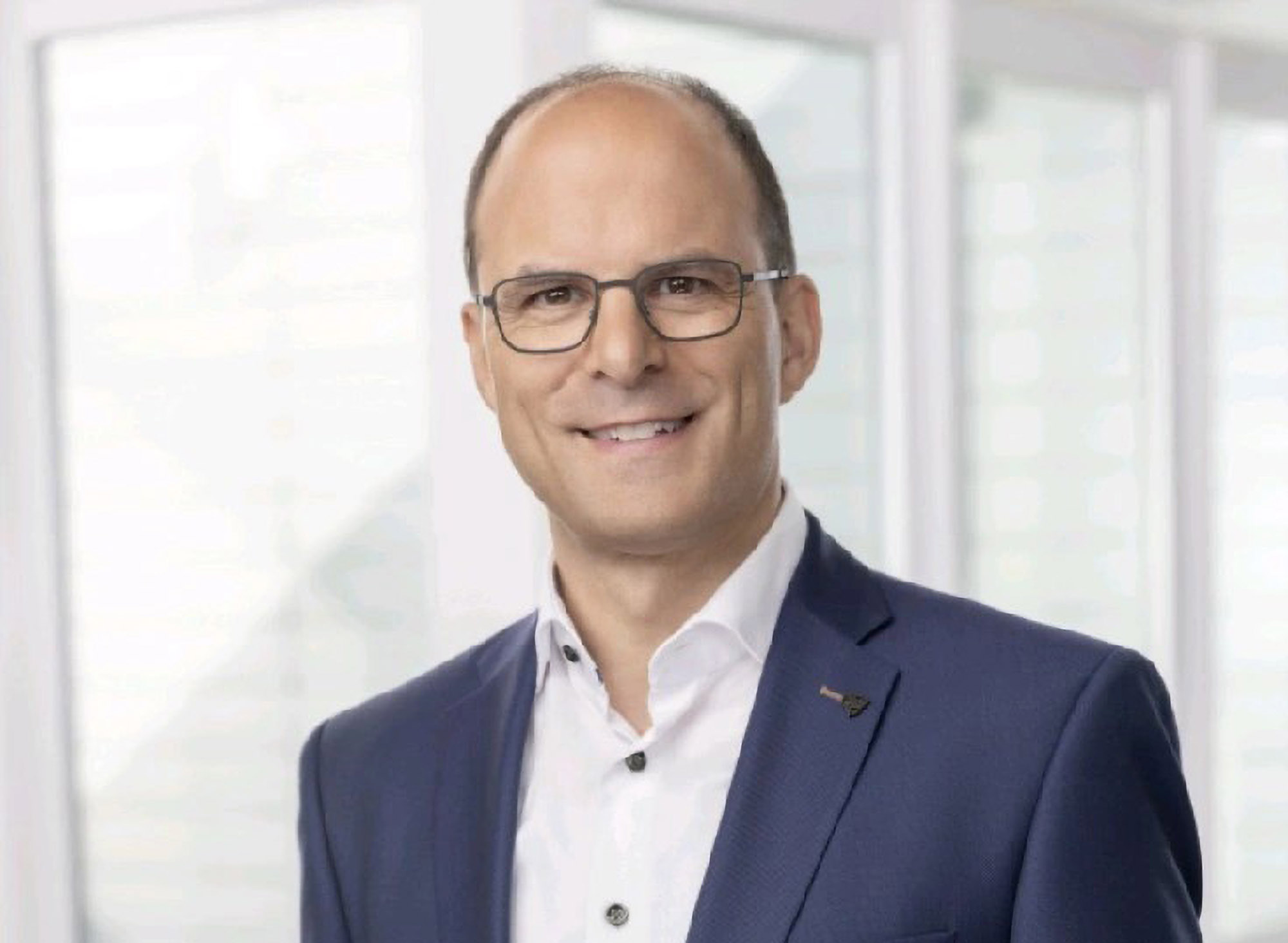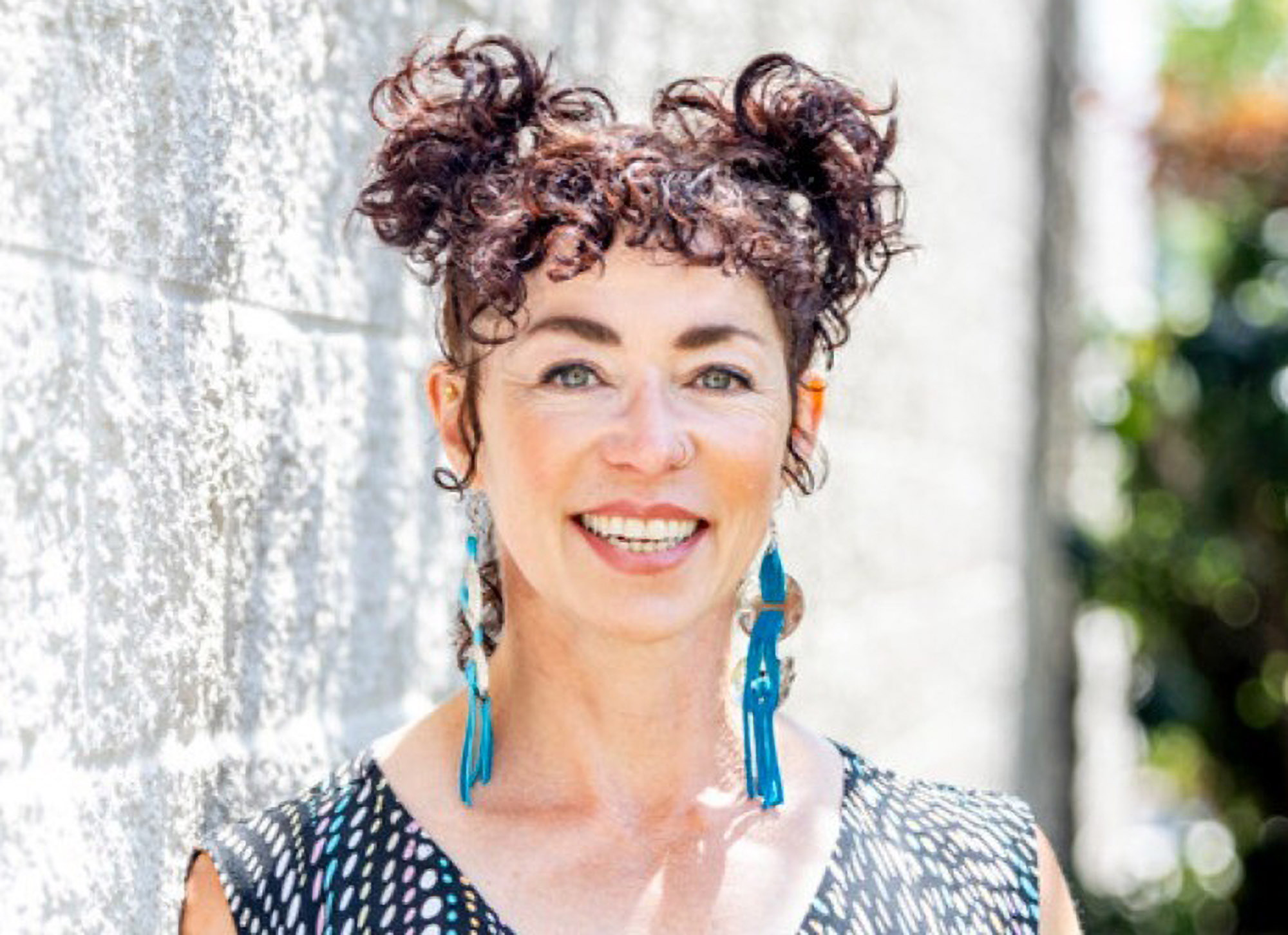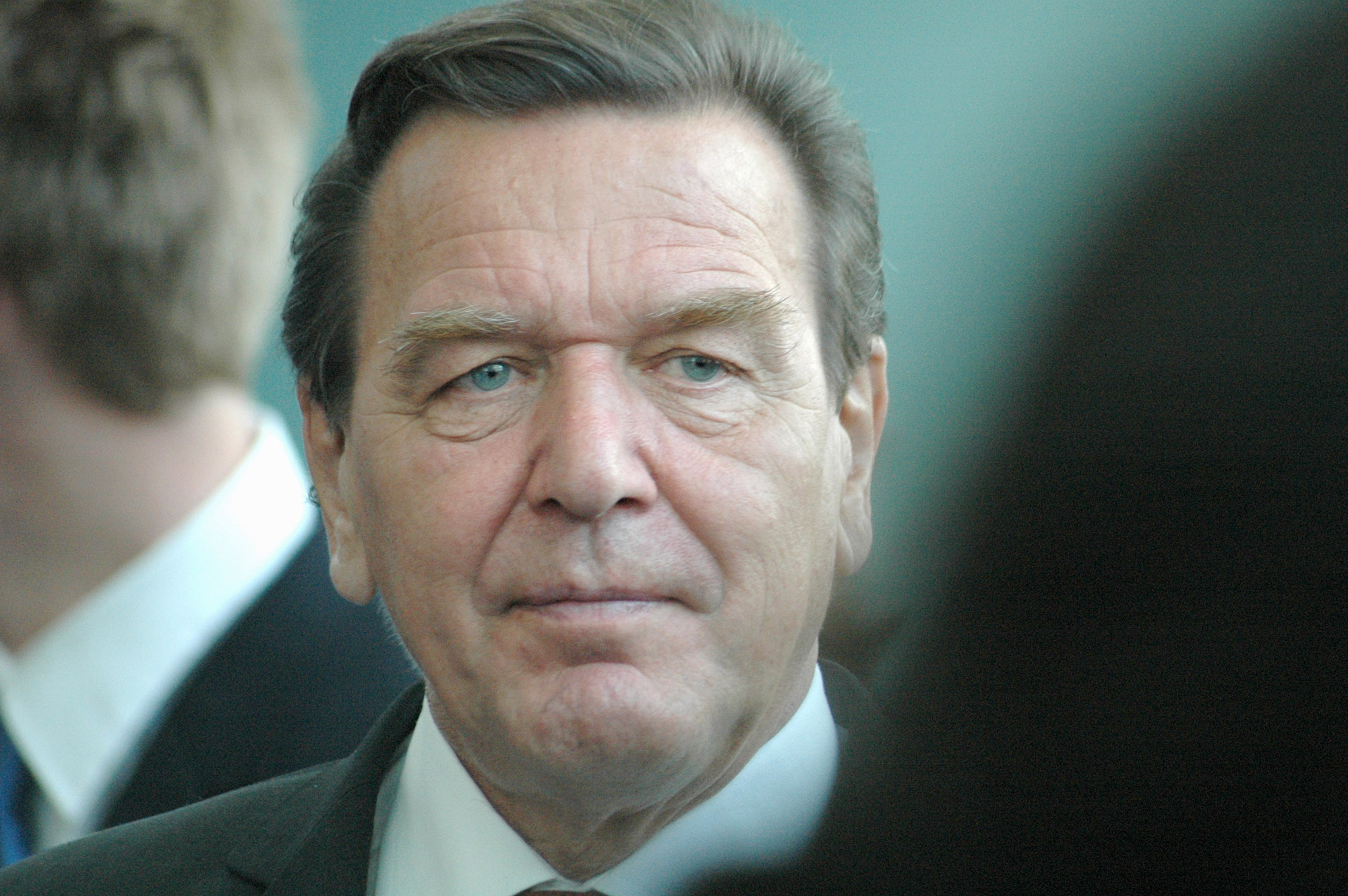

Secret weapon for sustainable protein? Scientists look to insect frass
As the demand for protein-rich food increases with population growth and rising awareness of nutrition and health, traditional animal and plant-based protein sources that require arable land or freshwater put significant pressure on land and resources. Therefore, there is a great need for new, more sustainable protein sources.
The Marine Biotechnology research group at NORCE has for several years been working on developing and scaling up photosynthetic microalgae as a sustainable raw material for food, feed, and other products. Microalgae are a type of small 'plant cells' found in saltwater and freshwater and are a promising source of proteins for several reasons:
Many microalgae have high protein content and an amino acid profile that meets the requirements for food and feed production. This is the case for Chlorella vulgaris, used in the study.
Microalgae have high production efficiency and can be cultivated on non-arable land with low water requirements.
Waste and residual streams from various industries can be used in the cultivation of microalgae, offering a more sustainable alternative to chemical fertilizers.
Insect production is another new protein source currently being explored in Europe and Norway. Like all types of production, an insect factory will also generate waste, such as insect excrement. In technical terms, this is called frass, a mixture of feces, skin, and skeletons from farmed insects and their food.
In a circular economy, we must better utilize waste. Together with Oliver Müller from the University of Bergen and NORCE colleagues Hanna Böpple and Dorinde Kleinegris, Pia Steinrücken has investigated whether microalgae can be given frass as an alternative to conventional fertilization.
"In the ProFuture project, we used insect frass as a potential source of nutrients for cultivating the microalga Chlorella vulgaris, which could make microalgae production more environmentally friendly and cost-effective," said Steinrücken.
The researchers studied whether these microalgae contained the same amount of protein as those given regular commercial fertilizers. The results showed that when the microalgae were cultivated on nutrients from frass, they grew just as well and provided a high protein content of 40% of the dry weight. The study is published in Bioresource Technology Reports.
"The insect frass comes from Larveriet in Voss, which produces mealworm larvae fed on organic waste. It is delivered in powder form, which we mix with water to release the nutrients," explained the NORCE researcher. "We then centrifuge away non-water-soluble particles in the water. The liquid is then sterilized to minimize the risk of bacterial infection and contamination of the algae."
For algae to grow, they need nutrients such as nitrogen and phosphorus. Waste streams from industry and agriculture often contain large amounts of these substances, making them interesting as a potential nutrient source for algae production. This can lead to reduced costs and beneficial use of waste. But microalgae cannot consume every source of nitrogen and phosphorous, and there can also be other components that negatively influence algae growth.
Therefore, each waste stream needs to be tested for its suitability for microalgae production. The nitrogen in the growth medium based on insect frass consisted mainly of organic compounds, and the microalgae utilized between 71–78% of this nitrogen.
Despite promising trials, challenges remain in introducing microalgae proteins into food and feed products. Current production is costly and done on a small scale. Scaling up and investing in environmentally friendly large-scale production technologies are necessary for this to be realized as a new and sustainable protein source.
"The study shows that frass can be suitable as a growth medium for cultivating microalgae on a small scale. New research should explore the possibilities of using frass as a nutrient supplement under larger and continuous cultivation conditions and assess the effects on sustainability goals and the economy of microalgae production.
"It is also important to emphasize that even though we use waste as a resource, which will reduce the expenses for chemical growth media, this process also generates residual waste. The wet mass that remains after the nutrients have been extracted is waste that must be disposed of or used alternatively, for example as plant fertilizer," Steinrücken concluded.
In developing new bio-based value chains, it is crucial to explore how different productions can collaborate to exchange and minimize waste, in line with circular economic principles. So-called industrial symbioses and bioparks can be an interesting approach. These can serve as a sandbox for exploring resource utilization with new technologies.
If you have any questions or would like to get in touch with us, please email info@futureofproteinproduction.com






